Mr. Hoang Ngoc Thanh in Hung Tien village, Xuan Binh commune takes care of the dragon fruit garden in front of his house.
In the mountainous commune of Xuan Binh, the hill garden model of Mr. Hoang Ngoc Thanh in Hung Tien village has long been considered a typical example of local economic development. Growing many fruit trees combined with fish farming, but red-fleshed dragon fruit has become the family's main product.
Up to now, he has developed 7,000m2 of red-fleshed dragon fruit trees, accounting for nearly 1/2 of the total area of more than 1.35ha of his family's hill garden. In the third lunar month, although it is not yet the main harvest season, the dragon fruit garden around his house is already red and plump. Along the alleys and around the yard, there are dragon fruit branches growing up in beautiful rows. To apply advances in production, he invested in high-capacity pumps and sprinkler irrigation systems throughout the hill garden to replace human labor. That is the difference between his fruit garden and many other local families.
No need to hire labor, every day he and his wife diligently take care of the garden, composting waste from livestock to make organic fertilizer for the plants. According to him, using chemical fertilizers makes plants wither very quickly, while using organic fertilizers makes plants green all year round, the fruit is very sweet so traders come to buy it.
After many years of cultivating this new crop, he has mastered the techniques to make the tree produce more fruit and the best quality fruit. “I have concluded that dragon fruit is a tree that likes high light intensity, so it needs to be planted 3m apart, and at the same time, it is convenient for both walking and care. When preparing cuttings, you must also choose old branches that are over 2 years old and have no defects. Then place them in a shady place for about 10 to 15 days for them to grow roots before planting. I usually plant 4 cuttings around the 4 corners of the concrete pillars, but I must definitely mound the soil a few centimeters higher than the garden surface to avoid root rot due to waterlogging,” Thanh shared.
In the hilly gardens far from home, he developed areas for growing custard apples, apples and guavas. Combined with 6-sao fish ponds, the family's total annual income has increased to 600 million VND, with a profit of about 200 million VND, equivalent to more than 1.48 million VND/ha/year.
Not only in the large hilly areas forming large-scale gardens, many households in the district also take advantage of small hills near their houses to develop fruit trees. With only 3,000m2 of gently sloping land in front of the house, the family of Ms. Dang Thi Hoi in Lang Gio village, Binh Luong commune has cleverly arranged two types of fruit trees: grapefruit and passion fruit. This is a form of making good use of light, making both trees highly productive.
According to Ms. Hoi, the garden used to have many mixed trees such as sour grapefruit, longan, mango, jackfruit, etc., so the economic efficiency was not high. Then, her family invested in lowering the slope, renovating, using dozens of tons of decomposed manure to create loose soil. Along with that, a sprinkler irrigation system was installed, providing regular irrigation water for the plants. Up to now, 50 grapefruit trees have harvested an average of nearly 2 tons of fruit, 250 passion fruit trees have harvested more than 6 tons of fruit. The fruits are fertilized with organic fertilizer, so the quality of the fruit is good, and traders come to the garden to collect. Only the hill garden is considered small in the locality, but the owner still has an income of nearly 30 million VND per year from fruit trees, not counting other areas where she dug ponds to raise fish and raised hundreds of hill chickens.
According to statistics from the People's Committee of Nhu Xuan district, up to now, localities in the whole district have developed nearly 1,400 hectares of fruit trees. Of which, oranges, grapefruits, and guavas are the three most popular crops. With fertile red basalt hills, combined with a mild climate and soil, the quality of many types of fruit here is not inferior to many specialized specialty growing areas in the country. Thousands of gardeners have developed, making Nhu Xuan a large fruit orchard of Thanh Hoa. The hills that were previously wild and planted with many miscellaneous trees have gradually become sweet fruit areas, helping thousands of households develop their economies effectively.
Article and photos: Linh Truong
Source: https://baothanhhoa.vn/qua-ngot-tren-vung-doi-nhu-xuan-244411.htm


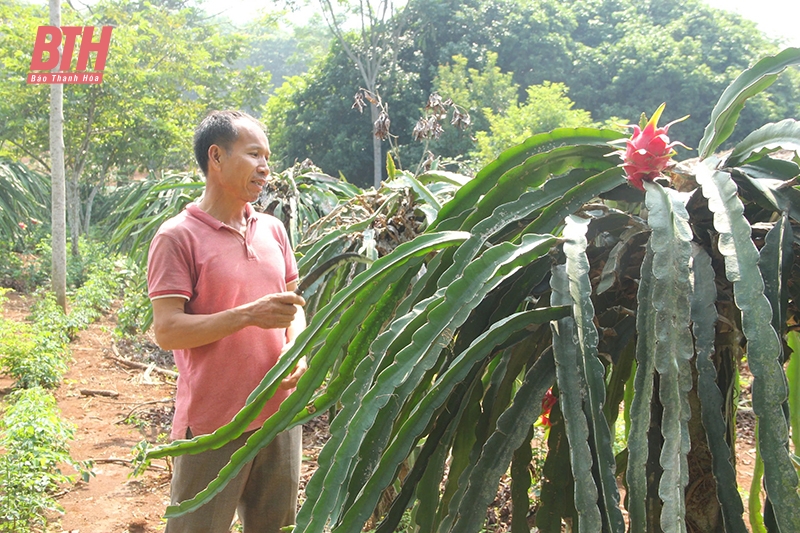
![[Photo] Visiting Cu Chi Tunnels - a heroic underground feat](https://vstatic.vietnam.vn/vietnam/resource/IMAGE/2025/4/8/06cb489403514b878768dd7262daba0b)








![[6pm News] Average income of workers increases](https://vstatic.vietnam.vn/vietnam/resource/IMAGE/2025/4/8/3ee134ad052b4a2dabafc8e656b3f3b7)







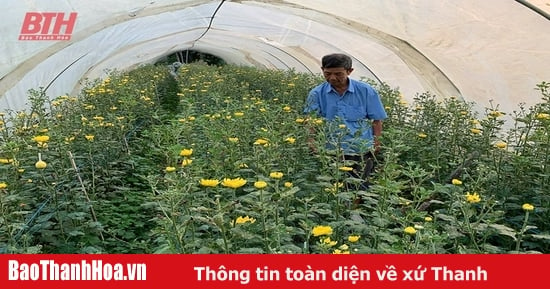



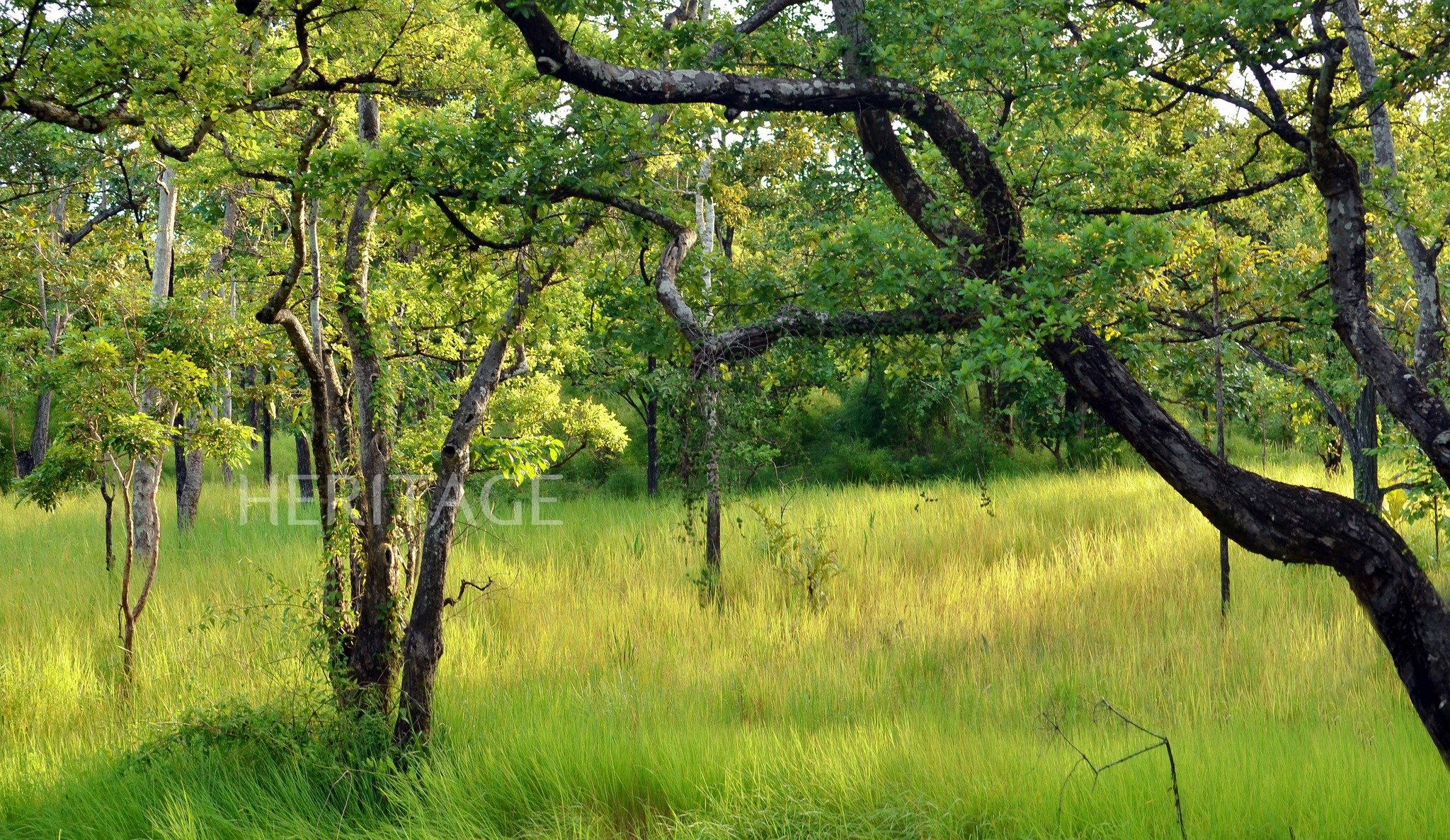


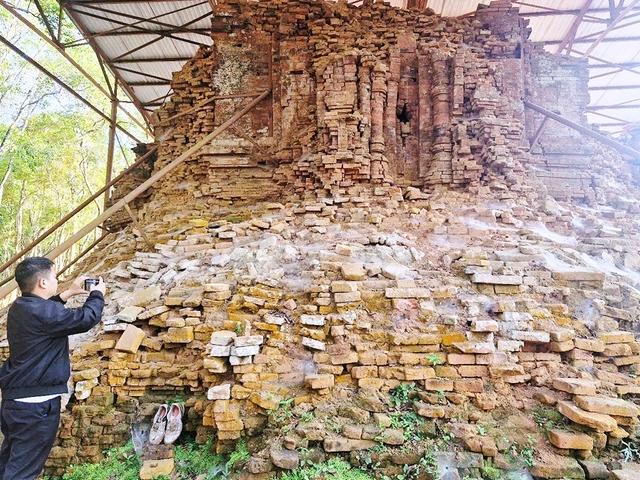



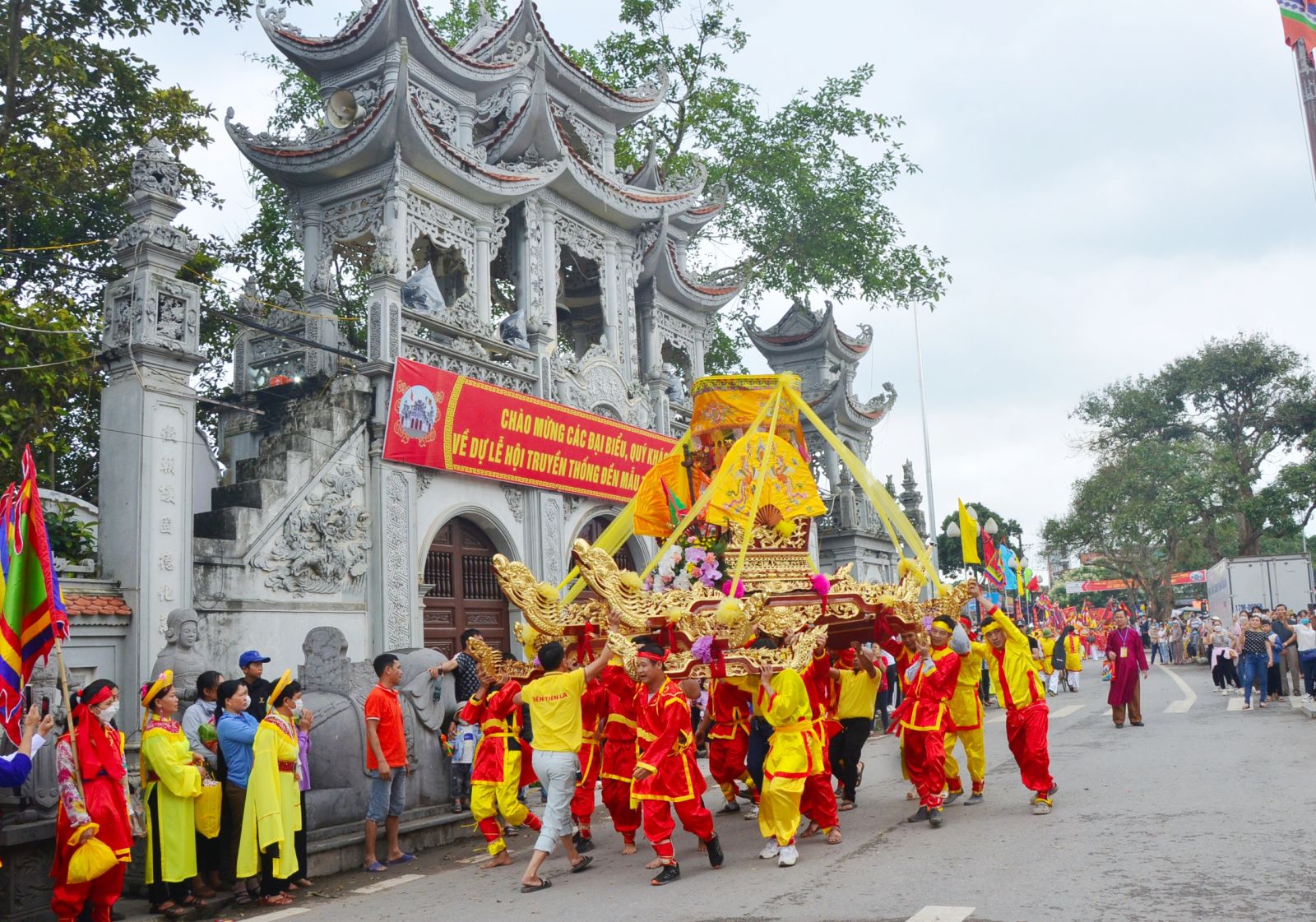

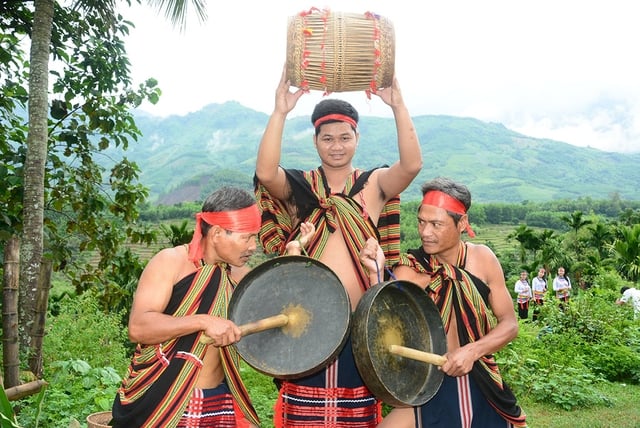


















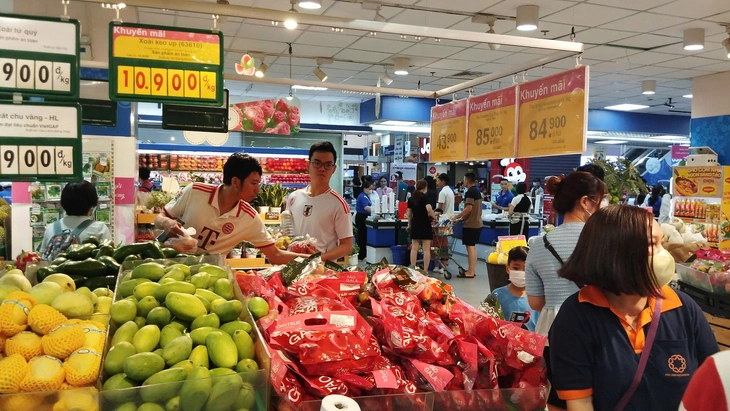















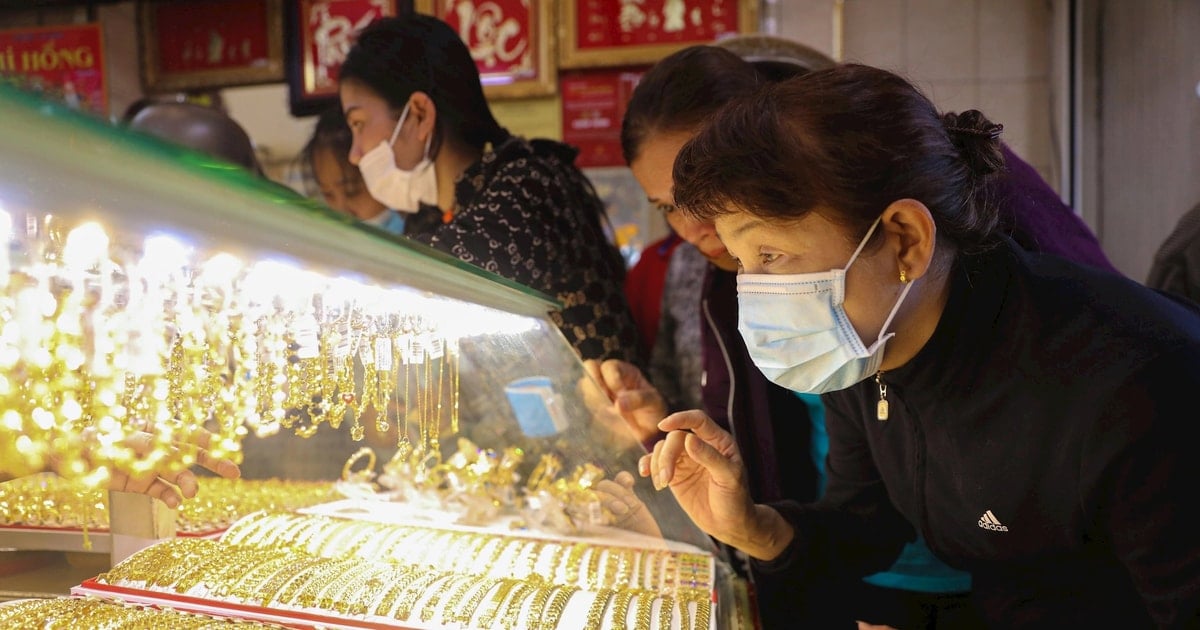

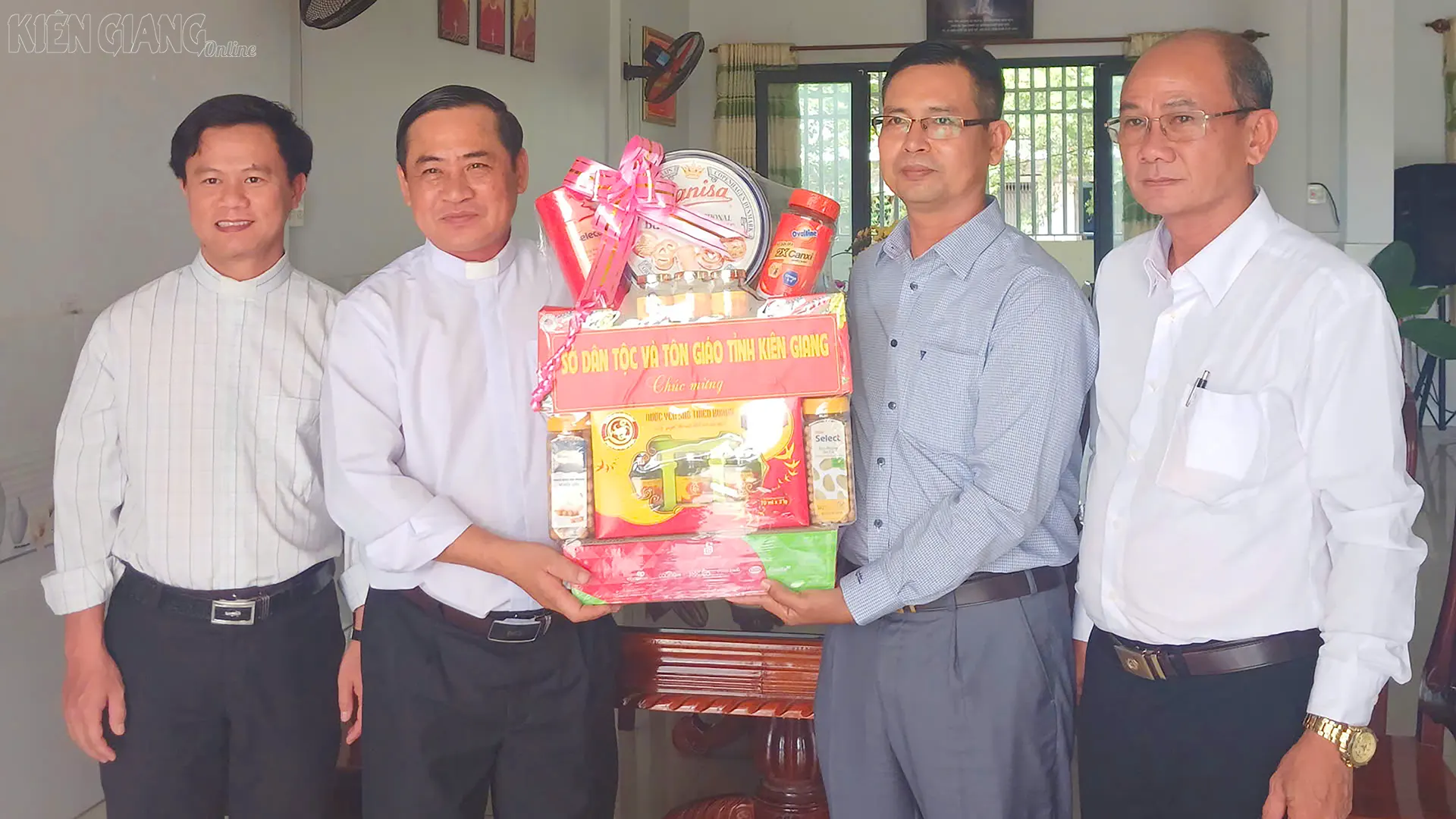
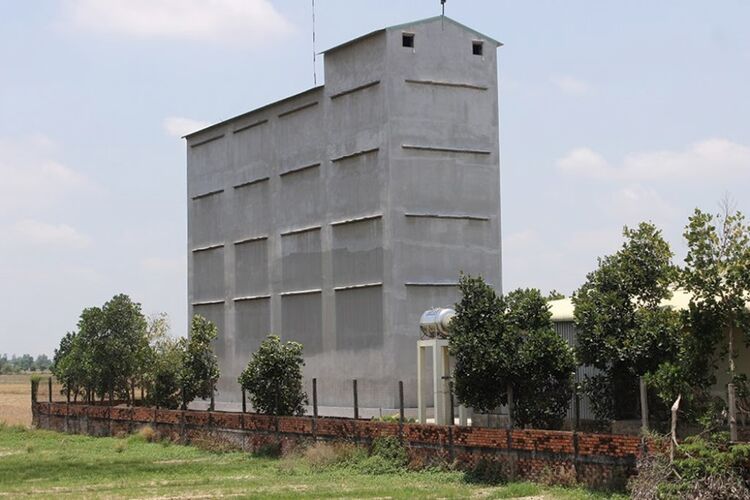







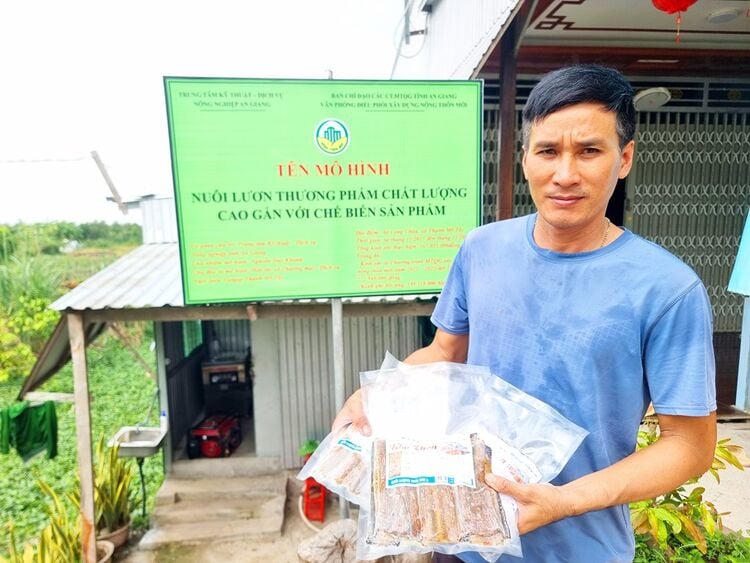
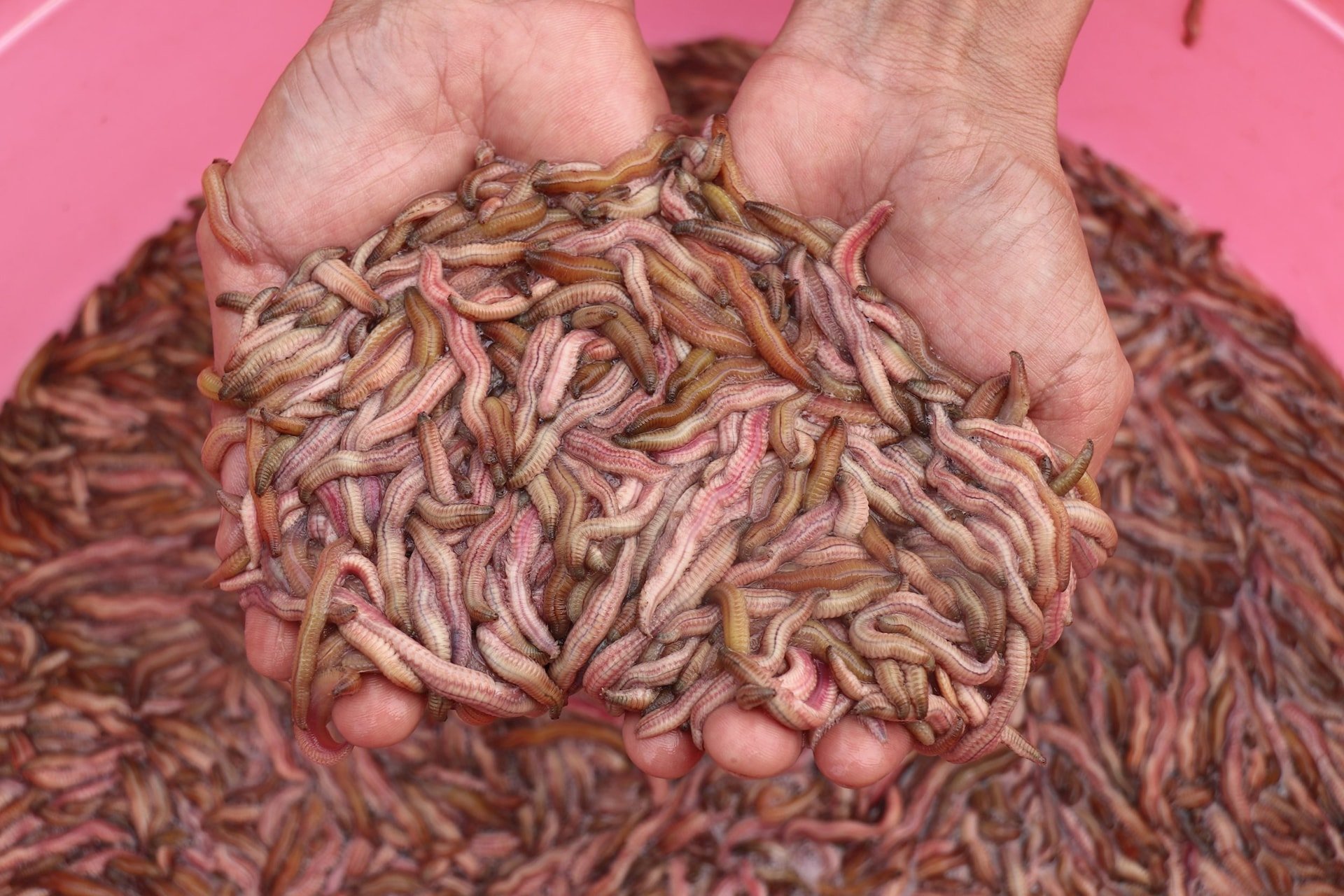
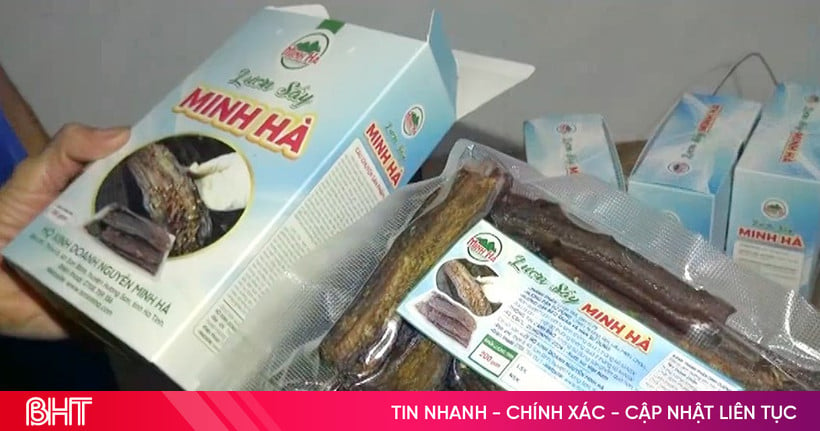

Comment (0)